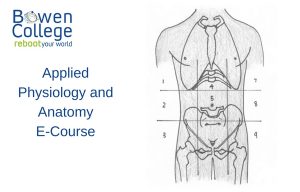Over this series of blog post, I hope I’ve convinced you the SOAP form is fraught with the assumptions that lie at the base of conventional medicine. In fact, it has spawned a “relationship” between the doctor and the patient that is neither conducive to the restoration of health, as research has shown, nor aligned with the factors at play in healing.
Patients’ “subjective” view of their symptoms – formed by their understanding of and attributing meaning to the situation – is the prime motivator in improving and reconstructing their health. It is this subjectivity wherein lies the power to create a new reality and the possibility of establishing, through their own interpretation of the meaning of their symptomatology, a “prescription” for a change in their health.
The “objective” symptoms and findings are of minimal value when it comes to therapeutic outcomes. It is not the name of the “disease” that decides how it will be manifested or treated in a particular patient. It is decided by the patient and propelled by their alignment with the elements that favour internal healing.
The “assessment” is based on what we perceive is happening, which is informed by our theoretical frame of reference. There is nothing particularly scientific or revealing to come to a “disease” conclusion based on a set of symptoms that are typically associated with it. Nor is it much more of a stretch to “prescribe” the marketed solution for the “disease.”
What is challenging, and far more rewarding, is to engage the patient in this process and become an agent in their healing journey. Next post we’ll expand on this insight.









